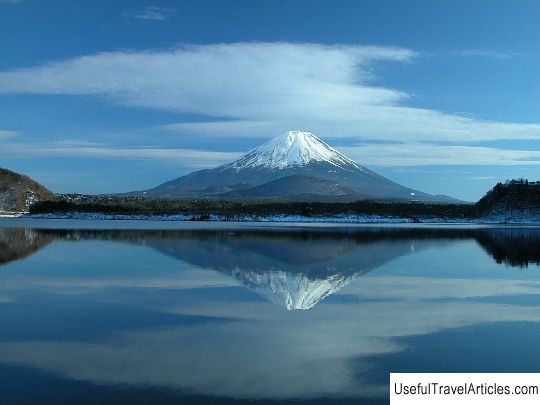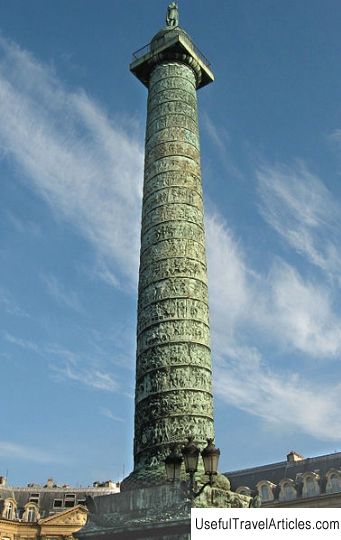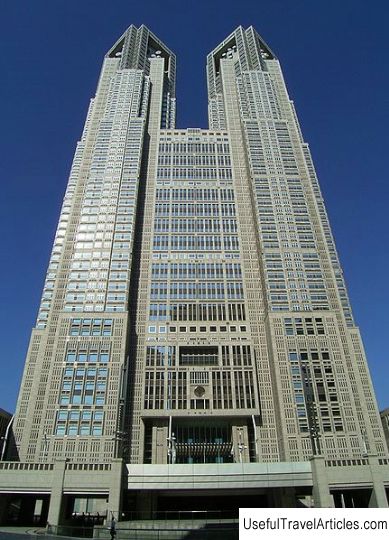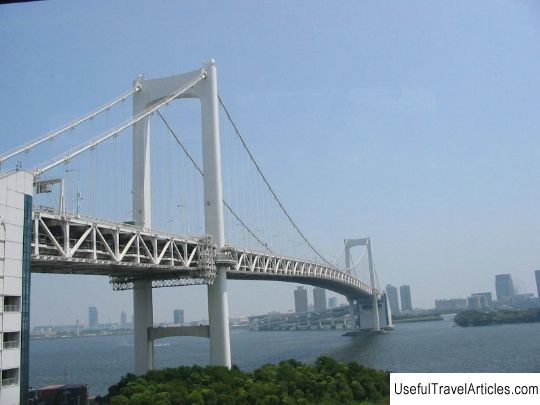Mount Fuji description and photos - Japan: Fuji
Rating: 9,5/10 (3533 votes) 
Mount Fuji description and photos - Japan: Fuji. Detailed information about the attraction. Description, photographs and a map showing the nearest significant objects. The name in English is Mount Fuji. Photo and descriptionMount Fuji, which Europeans mistakenly call Fuji, in Japan bears the reverent name of Fuji-san. The mountain is a sacred place for many Japanese, at its top there is a Shinto shrine, which owns a fairly large part of Fuji - an area from the level of 3350 meters to the very top of the mountain. For comparison: the state controls here only the weather station, also located at the top, and tourist trails. The government tried to sue for the right of ownership for 17 years, but to no avail. Also, do not forget that Fuji is this active stratovolcano, although not very active at the present time: it erupted for the last time in 1707 -1708, and this was its most powerful eruption. In total, Fuji has erupted 12 times since 781. The volcano is 3776 meters high and is the highest point in Japan. In clear weather, the volcano can be seen from a distance of up to 90 kilometers. Fuji is located approximately at this distance relative to Tokyo. According to seismologists, volcanic activity in this place began many hundreds of thousands of years ago. As a result of the first eruptions, the Komitake volcano first appeared, but even before it, it was restless here. Subsequent eruptions formed the "old Fuji", which lies at the base of the "young Fuji", which appeared more than 10 thousand years ago. In Japanese mythology, there is a different opinion about the formation of Fuji: supposedly the mountain appeared from the earth, thrown from the place where in 286 BC. Lake Biwa, the largest freshwater lake in Japan, appeared. Fuji has always been considered the dwelling place of the gods, gateway to the underworld, as well as one of the earth's axes. Pilgrims and tourists still strive to climb to the top of Fuji. This possibility exists only in summer, when there is no snow at the top. During the Edo period, about 800 organizations throughout Japan were involved in such ascents. If in the Middle Ages the mountain had to be conquered on foot, today part of the path can be done by bus - up to the level of 2300 meters, and then you still have to walk. In July and August, on the slopes of Fuji, there are lifeguard posts, mountain huts of the Yamagoya, where you can buy food and spend the night. On the north side, up to the fifth level (2300 meters), there are also restaurants and parking. The area surrounding the mountain is part of the Fuji-Hakone-Izu National Park. The Five Lakes of Fuji resort is also located here.     We also recommend reading Tromsobrua bridge description and photos - Norway: Tromso Topic: Mount Fuji description and photos - Japan: Fuji. |




